Comprehensive Guide to HGLRC M100 5883 GPS with Compass











Introduction
In the evolving world of drone technology, the HGLRC M100 5883 GPS with Compass stands out as a premium choice for enthusiasts and professionals alike. This article delves into the intricacies of this GPS module, highlighting its features, specifications, benefits, and how it enhances drone performance.
Key Features of the HGLRC M100 5883 GPS
Advanced GPS Functionality
The HGLRC M100 5883 GPS module is designed to offer high-precision positioning, crucial for drone navigation and stability. Its advanced GPS technology ensures accurate location tracking, which is essential for various drone applications, from aerial photography to mapping.
Integrated Compass
The integrated compass is a significant feature that complements the GPS functionality. It ensures that drones can maintain a precise heading, which is vital for navigation and orientation. The combination of GPS and compass allows for seamless flight experiences.
High Sensitivity and Fast Positioning
With its high sensitivity, the HGLRC M100 5883 GPS module can quickly lock onto satellite signals, even in challenging environments. This rapid positioning capability reduces the time required to establish a stable connection, thereby improving the efficiency of drone operations.
Technical Specifications
| Feature | Specification |
|---|---|
| GPS Chip | Ublox M100 |
| Compass Chip | HMC5883L |
| Operating Voltage | 5V |
| Positioning Accuracy | 2.5 meters |
| Cold Start Time | 27 seconds |
| Warm Start Time | 1 second |
| Update Rate | 1Hz |
| Operating Temperature | -40°C to +85°C |
| Dimensions | 27mm x 27mm x 8mm |
| Weight | 15 grams |
Benefits of Using HGLRC M100 5883 GPS with Compass
Enhanced Drone Stability
The HGLRC M100 5883 GPS with Compass significantly enhances drone stability by providing precise location and orientation data. This stability is crucial for professional applications where accuracy is paramount.
Improved Navigation
With accurate GPS data and reliable compass readings, drones can navigate complex environments more efficiently. This is particularly useful in urban areas or dense forests where GPS signals can be obstructed.
Versatility in Applications
The module’s versatility makes it suitable for a wide range of applications, including aerial photography, surveying, mapping, and recreational flying. Its robust performance ensures reliability in various conditions.
Ease of Integration
Designed for easy integration with various flight controllers, the HGLRC M100 5883 GPS with Compass can be quickly and seamlessly incorporated into existing drone systems. This ease of integration reduces setup time and enhances operational efficiency.
Installation and Setup
Connecting the Module
To connect the HGLRC M100 5883 GPS with Compass to your drone, follow these steps:
- Identify the GPS port on your flight controller.
- Connect the GPS module using the provided cables, ensuring correct pin alignment.
- Secure the module on the drone frame, preferably in a location with a clear view of the sky for optimal signal reception.
Configuring the GPS and Compass
After physical installation, configure the GPS and compass through your flight controller software. This involves:
- Calibrating the compass to ensure accurate readings.
- Setting the GPS parameters to match your specific requirements.
- Verifying the module’s functionality through test flights.
Troubleshooting Common Issues
Weak GPS Signal
- Ensure the module is placed in a location with minimal obstructions.
- Check for firmware updates for both the GPS module and the flight controller.
Inaccurate Compass Readings
- Re-calibrate the compass in an open area free from magnetic interference.
- Verify all connections are secure and correctly oriented.
Conclusion
The HGLRC M100 5883 GPS with Compass is a powerful and reliable module that enhances drone navigation and stability. Its advanced features, coupled with high sensitivity and ease of integration, make it an ideal choice for both amateur and professional drone operators.
Read More About Lipo Batteries by clicking the link below:
https://oscarliang.com/fpv-drone-guide/
Checkout our Frames Collection by clicking the link below:
https://thefpvproject.com/product-category/frames/
1S = 1 cell = 3.7V
2S = 2 cells = 7.4V
3S = 3 cells = 11.1V
4S = 4 cells = 14.8V
5S = 5 cells = 18.5V
6S = 6 cells = 22.2V
For example, we call a 14.8V battery a “4-cell” or “4S” battery.
LiPo battery is designed to operate within a safe voltage range, from 3V to 4.2V. Discharging below 3V could cause irreversible performance loss and even damage to the battery. Overcharging above 4.2V could be dangerous and eventually cause a fire.
However, it’s advisable to stop discharging when it reaches 3.5V for battery health reasons. For example for a 3S Lipo, the max voltage is 12.6V, and you should land when the voltage reaches 10.5V (at 3.5V per cell).

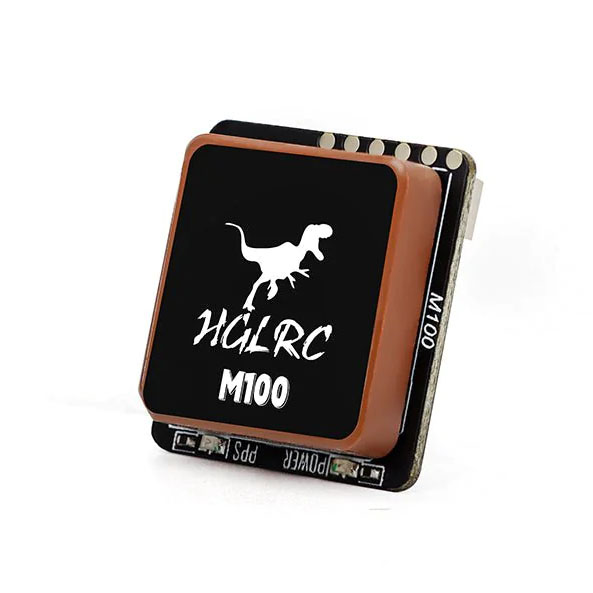
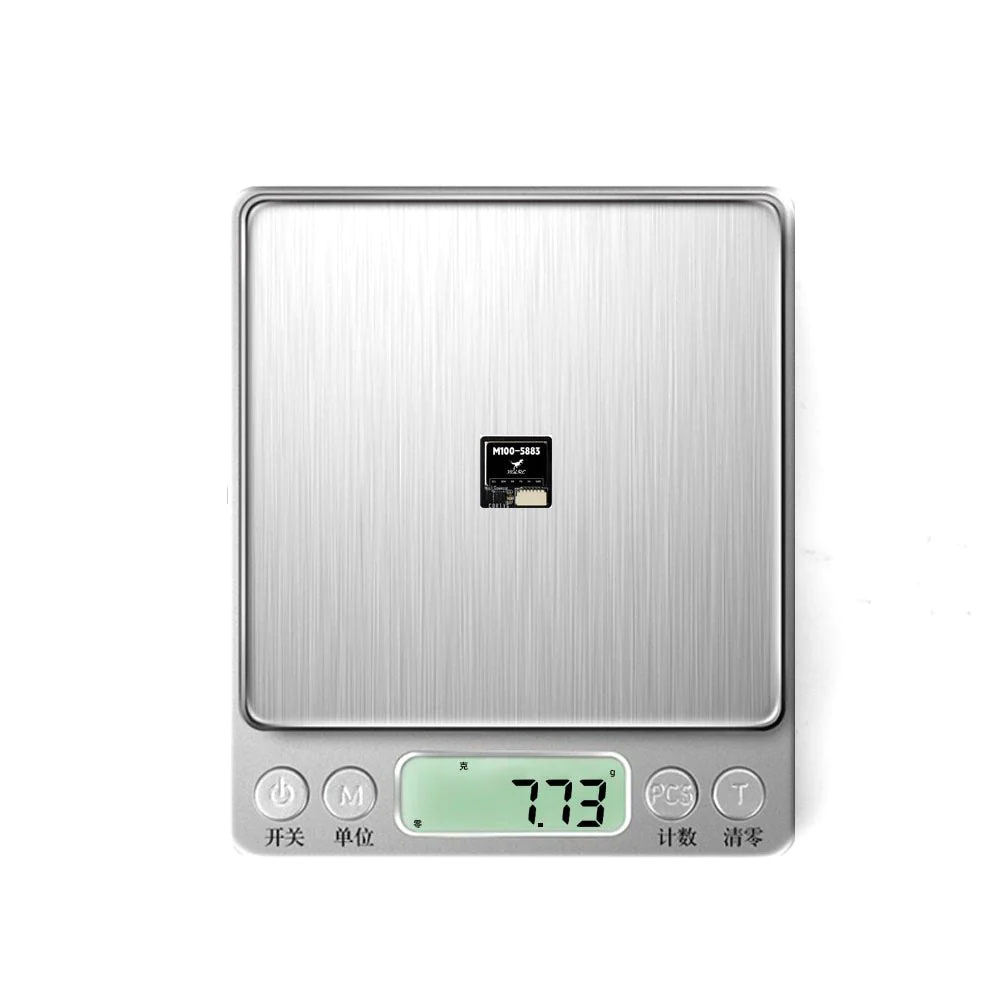
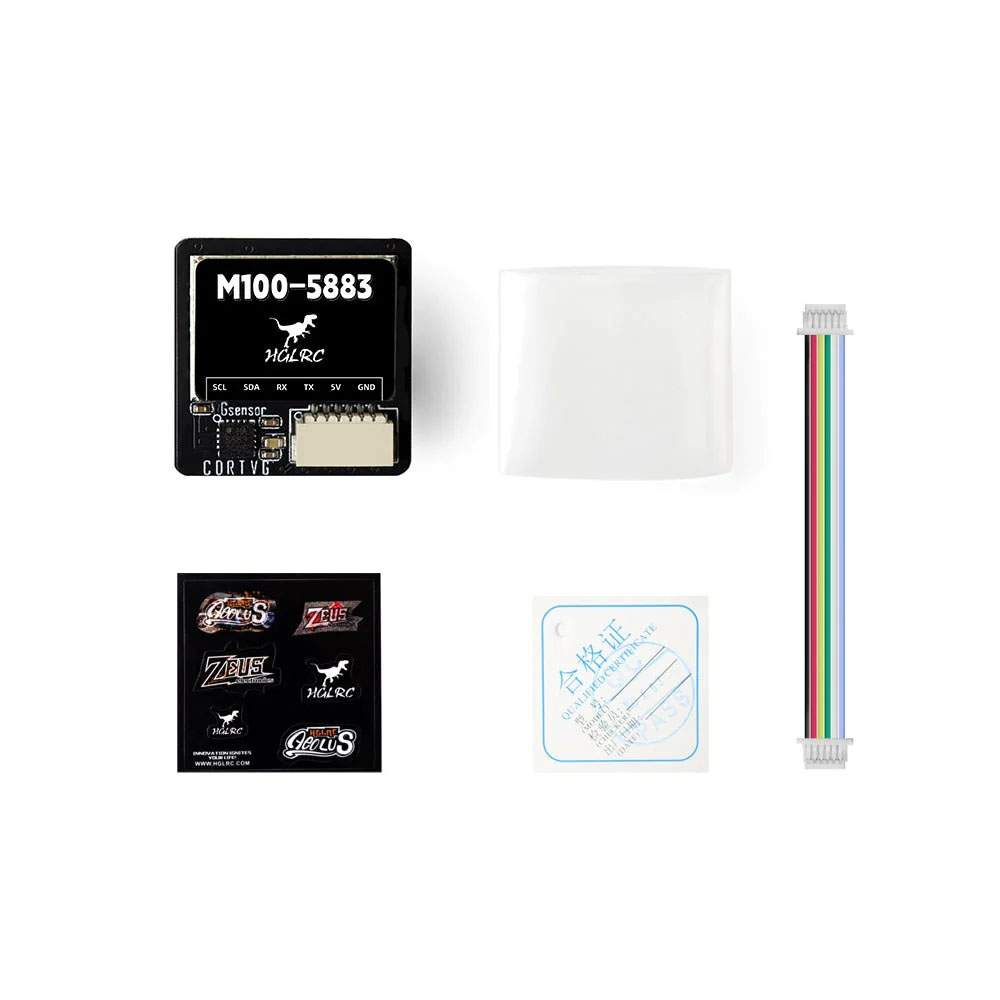
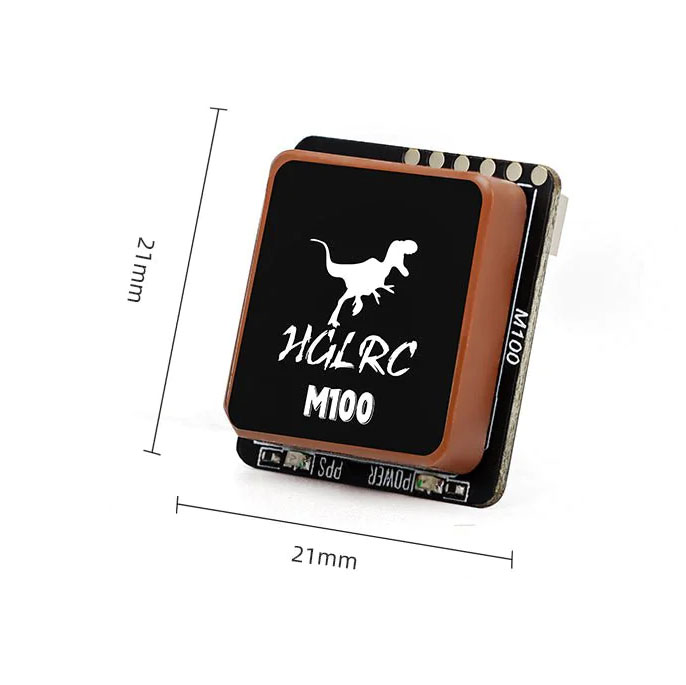
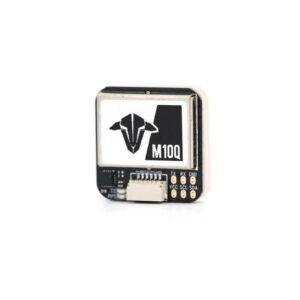
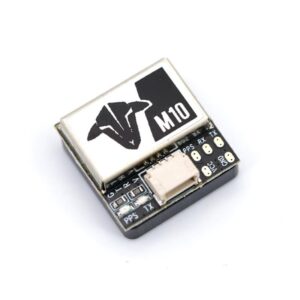
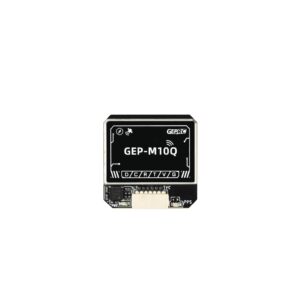
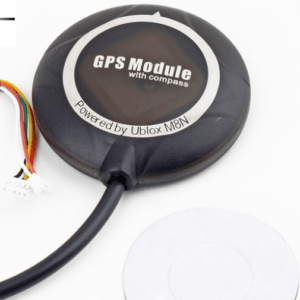
Reviews
There are no reviews yet.